Urban centers are magnificent hubs of culture, opportunity, and innovation, but they come with an often-overlooked downside: noise. From honking taxis to late-night revelers, construction projects to overhead flights, city noise can take a serious toll on residents’ sleep and overall health.
Here is a list of the world’s noisiest metropolitan areas and practical ways to catch those precious Z’s despite the urban symphony outside your window.
Cairo, Egypt

Cairo takes the crown as possibly the loudest city on earth, with average decibel levels consistently hovering around 85 dB—equivalent to standing next to a food blender running continuously. The combination of densely packed streets, constant traffic with liberal horn usage, and limited noise regulations creates an acoustic environment that’s challenging even for seasoned urban dwellers.
Local residents often install triple-glazed windows and use thick curtains to create a sound barrier between their homes and the chaotic soundscape outside.
Mumbai, India
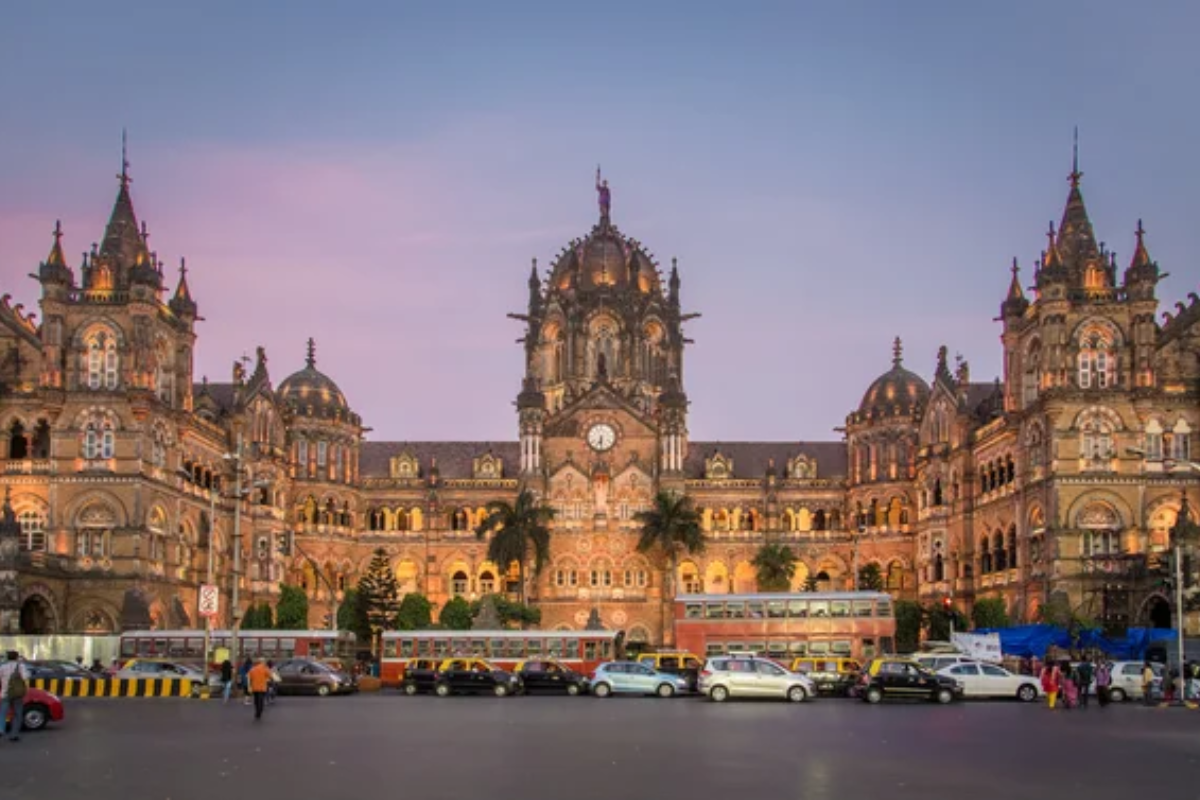
Mumbai’s soundtrack is a complex mixture of traffic congestion, construction, religious celebrations, and the sheer density of 20 million people living in close quarters. Sound levels regularly exceed 100 dB during peak hours, which is comparable to standing next to a running motorcycle.
Many Mumbaikars have adapted by creating white noise routines before bed, using ceiling fans or air conditioners to mask the unpredictable street noises that might otherwise disrupt sleep cycles.
Like Travel Pug’s content? Follow us on MSN.
Tokyo, Japan

Despite its reputation for organization and efficiency, Tokyo ranks among the world’s loudest cities with average noise levels of 80 dB in central districts. The combination of packed train stations, commercial districts with competing audio advertisements, and late-night entertainment zones creates a constant buzz throughout the metropolis.
Japanese sleep solutions tend toward technological innovation, with noise-canceling earbuds specially designed for sleeping having become increasingly popular among urban residents.
New York City, USA
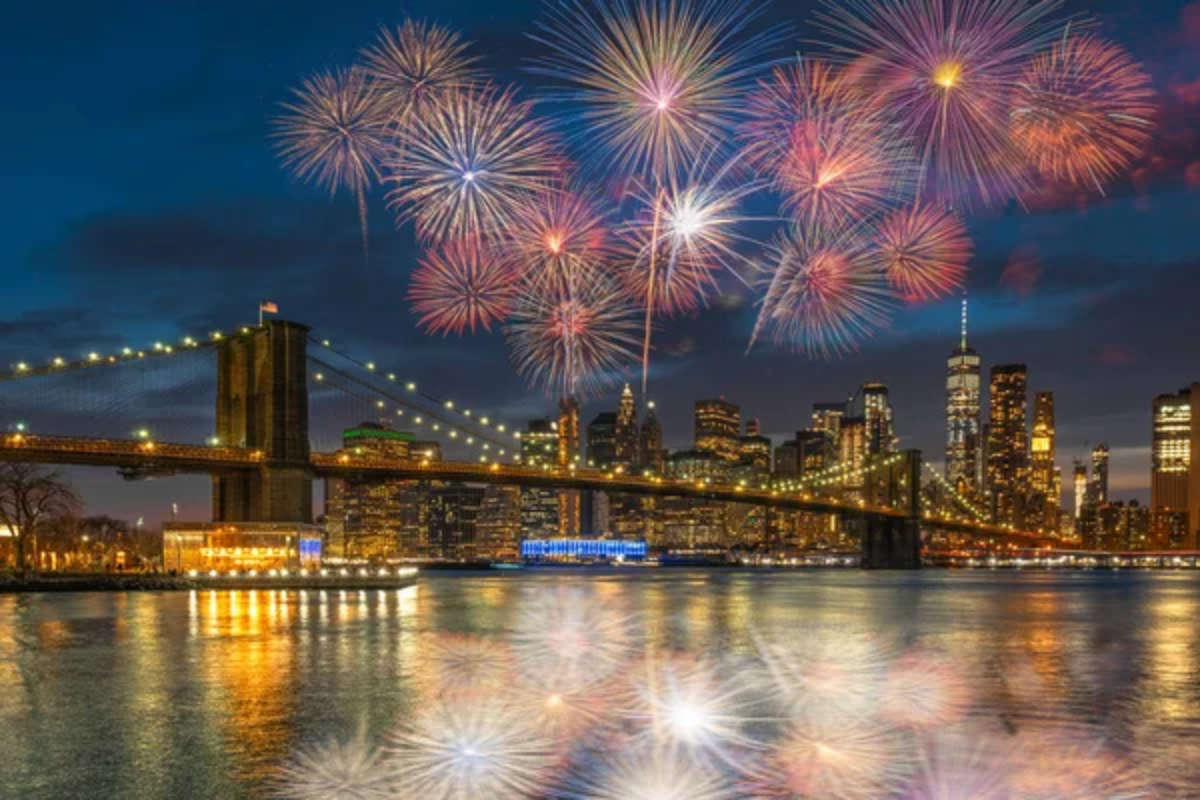
The city that never sleeps earns its reputation partly because of the noise that keeps everyone awake, averaging 76-80 dB in Manhattan. Between subway rumbles, emergency vehicle sirens, garbage trucks, and construction projects, New Yorkers face a serious acoustic challenge.
Many apartment dwellers have turned to soundproofing their bedrooms with acoustic panels and using sound machines programmed to match and cancel out common city frequencies.
Delhi, India

Delhi’s noise pollution reaches dangerous levels, with readings often exceeding 90 dB along major roads and commercial areas. Vehicle horns, construction, religious events, and wedding processions with loud music all contribute to the acoustic overload.
Sleep specialists in Delhi recommend creating “sleep sanctuaries” in homes, using a combination of earplugs, blackout curtains, and bedroom placement away from street-facing walls when possible.
Like Travel Pug’s content? Follow us on MSN.
São Paulo, Brazil
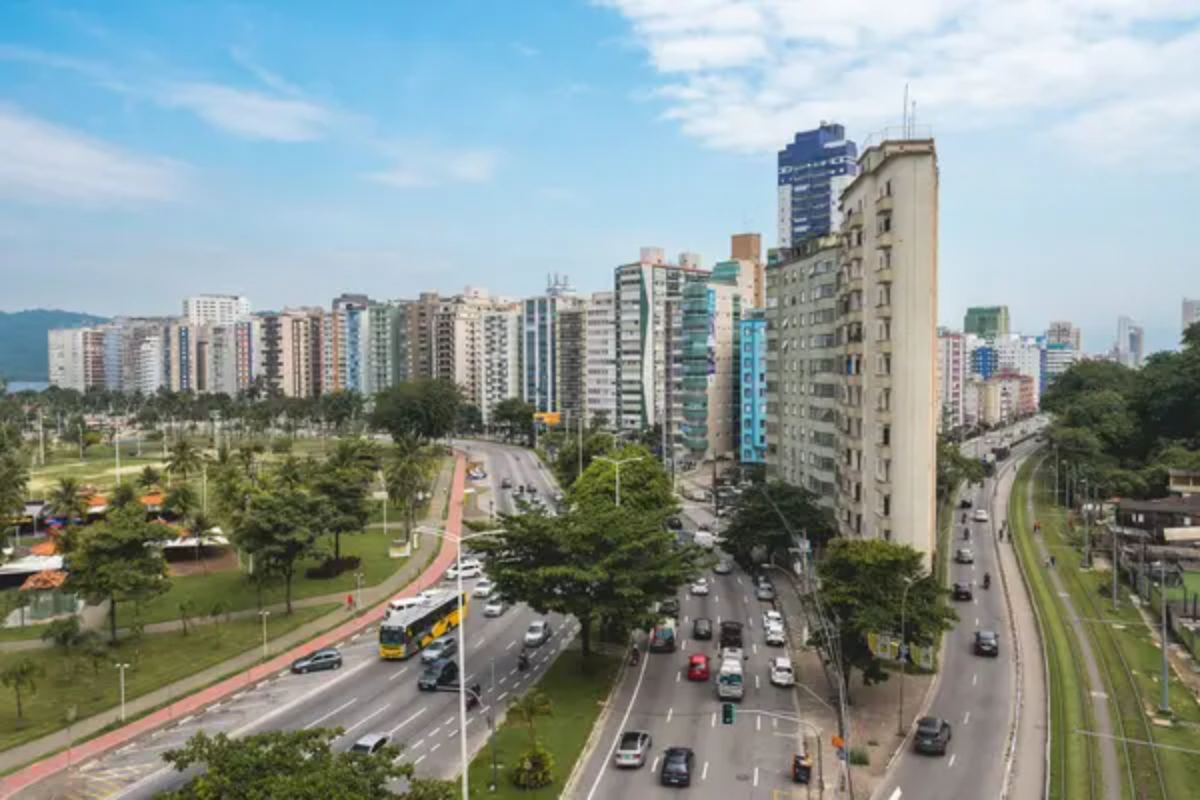
São Paulo combines helicopter traffic (the city has the largest helicopter fleet in the world) with ground transportation congestion to create a uniquely three-dimensional noise problem averaging 80 dB. The constant drone from above adds to typical urban street noise, creating challenges for residents across all elevations of high-rise apartments.
Brazilian sleep experts often recommend adjustable sound machines that can be calibrated to mask both high-frequency helicopter sounds and lower-frequency traffic rumbles.
Bangkok, Thailand
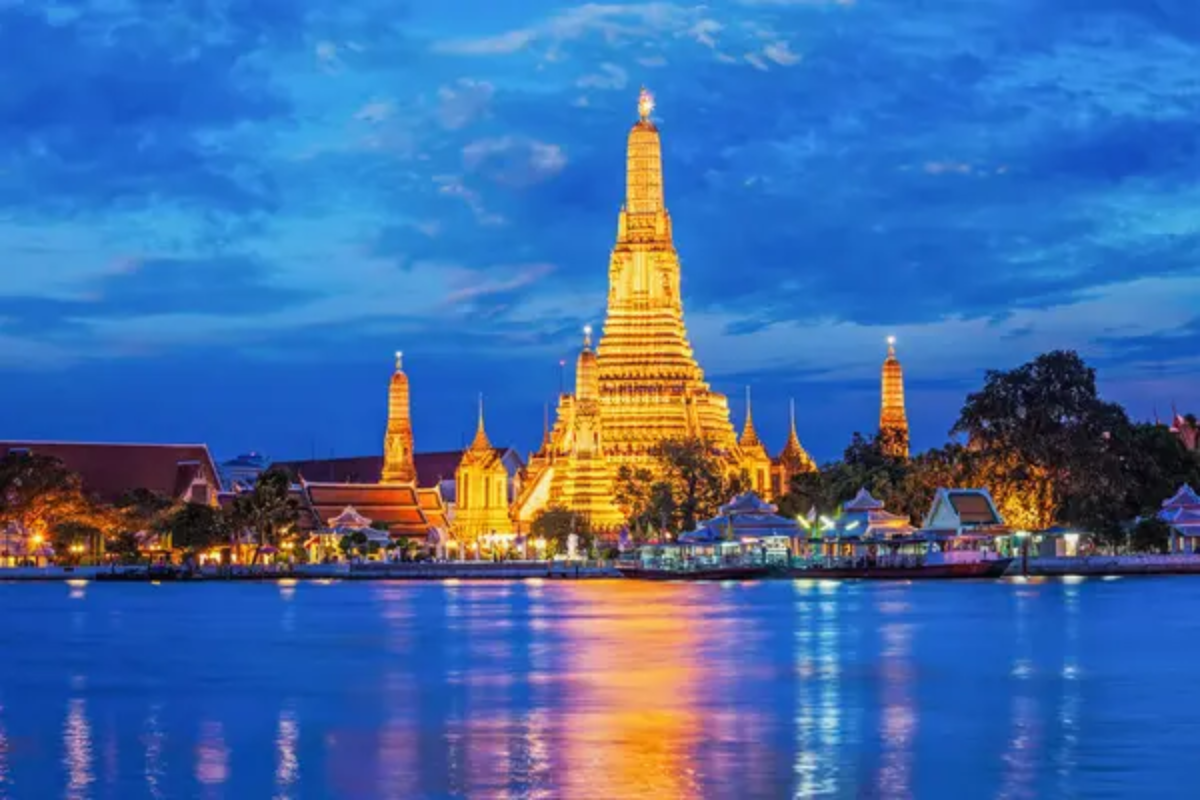
Bangkok’s infamous traffic jams create prolonged periods of horn-honking frustration, while outdoor markets, tuk-tuks, and street vendors add to the sonic landscape that regularly measures 75-80 dB. The humid climate compounds the issue, as windows often need to remain open for ventilation.
Many Bangkok residents have adapted by using lightweight silk or cotton earplugs that allow for comfort in hot weather while blocking out the most disruptive sounds.
Shanghai, China
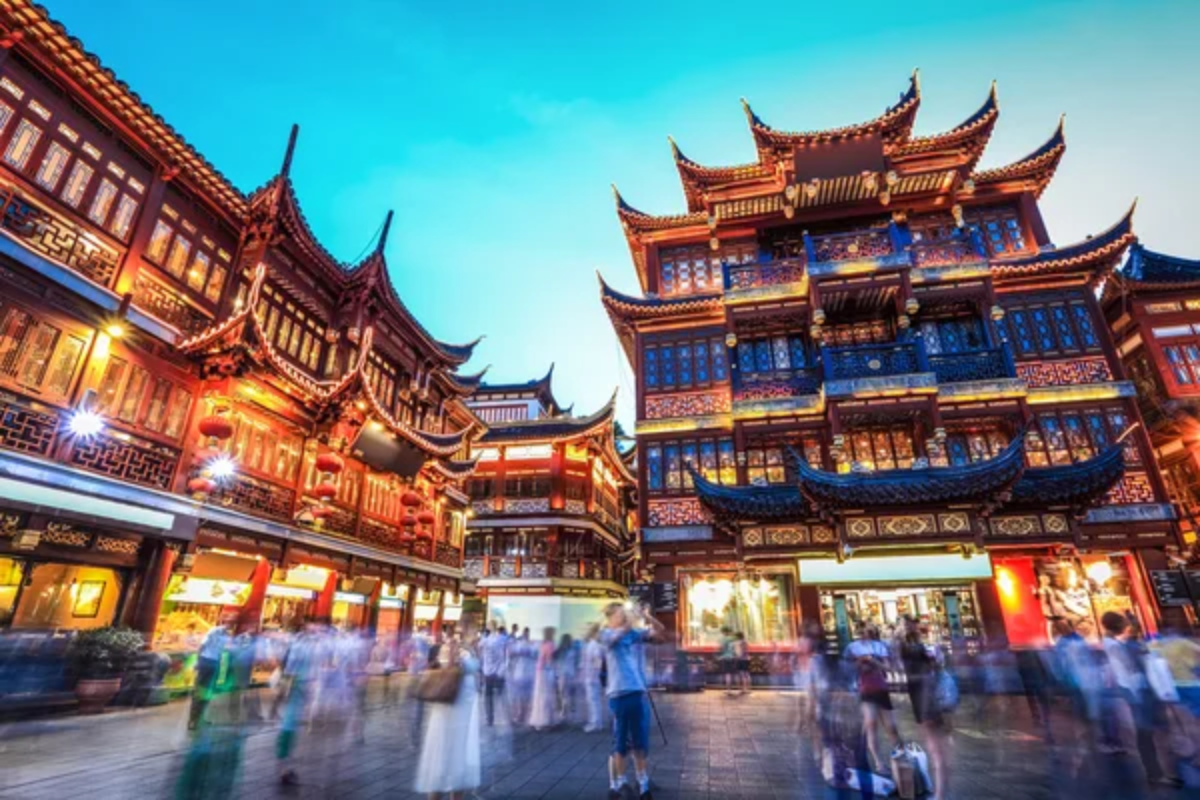
Shanghai combines construction noise from its continuing development with dense population and traffic to create average noise levels around 75 dB. The 24-hour nature of many districts means there’s rarely a true quiet period, even during traditional sleeping hours. =
Chinese medicine practitioners in Shanghai often recommend sound-blocking techniques combined with traditional relaxation exercises that help the mind disconnect from environmental noise.
Like Travel Pug’s content? Follow us on MSN.
Mexico City, Mexico
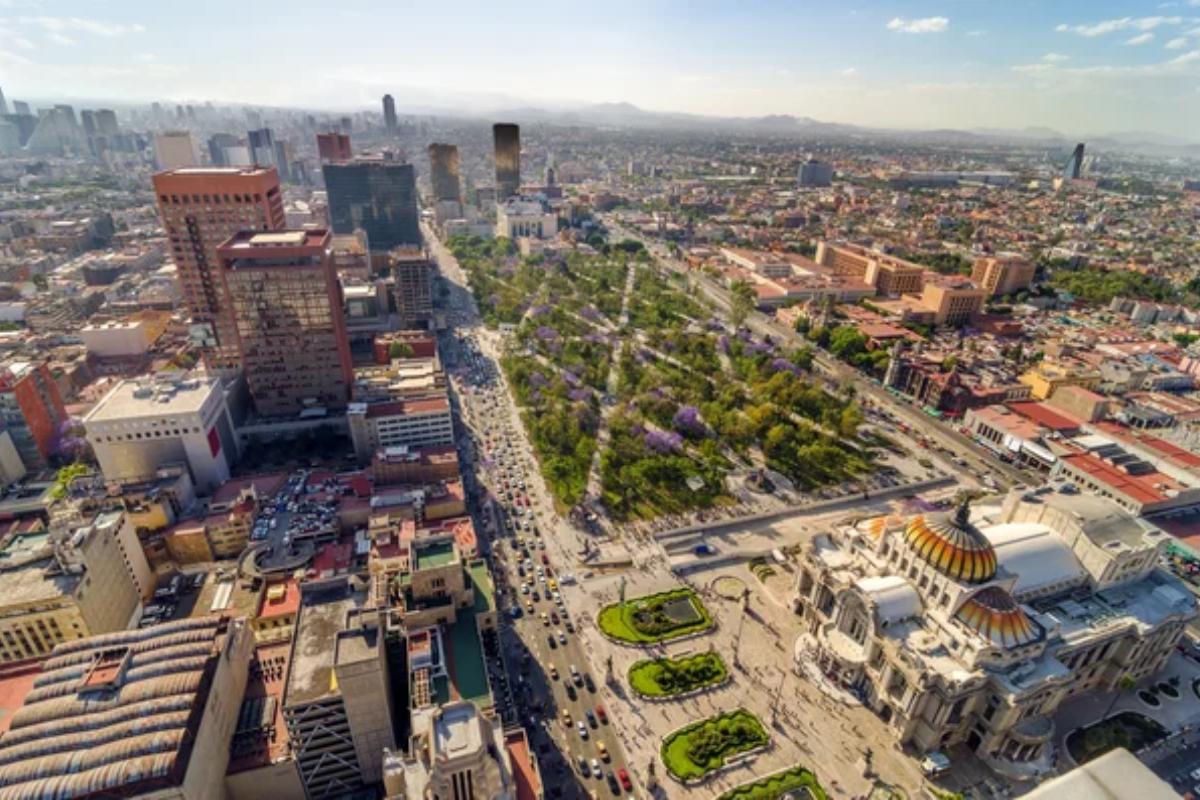
Mexico City’s unique geography in a mountain valley actually amplifies sound, with noise pollution averaging 78 dB across the metropolitan area. Street vendors using loudspeakers, public transportation, and a vibrant street life create a continuous soundscape.
Local sleep specialists often recommend sound-absorbing headboards and wall hangings along with traditional herbal teas that promote deeper sleep despite environmental noise.
Istanbul, Turkey

Straddling two continents, Istanbul’s noise comes from all directions—ferry horns from the Bosphorus, calls to prayer from numerous mosques, and traffic congestion averaging 78 dB throughout the day. The historical construction of many buildings offers little sound insulation against modern noise sources.
Turkish sleep techniques often combine traditional approaches like specific sleeping positions with modern solutions like double-layered window treatments.
Paris, France
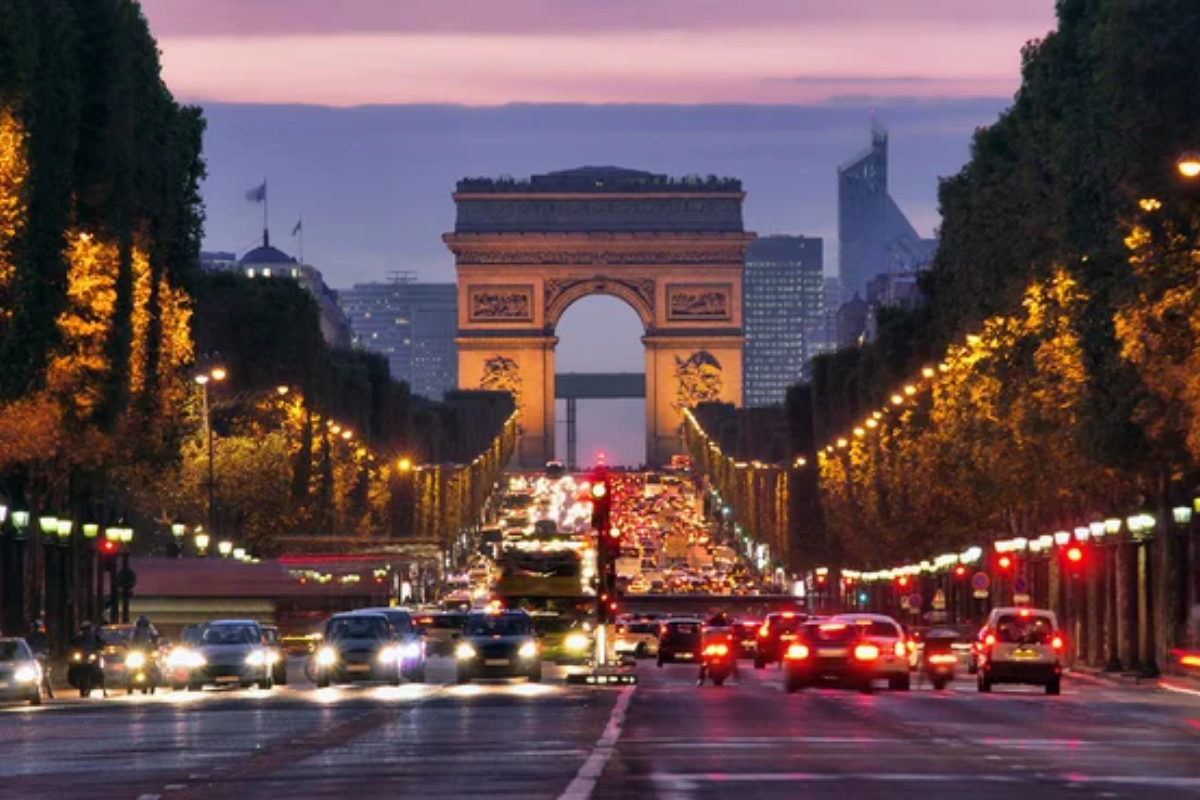
Despite its romantic image, Paris struggles with noise levels averaging 75 dB in central areas. Narrow streets amplify vehicle sounds, while café culture and nightlife create noise lasting well into early morning hours.
Parisians have refined the art of the sleep mask combined with earplugs, creating sensory isolation that compensates for the architectural challenges of historical buildings with poor sound insulation.
Like Travel Pug’s content? Follow us on MSN.
London, UK
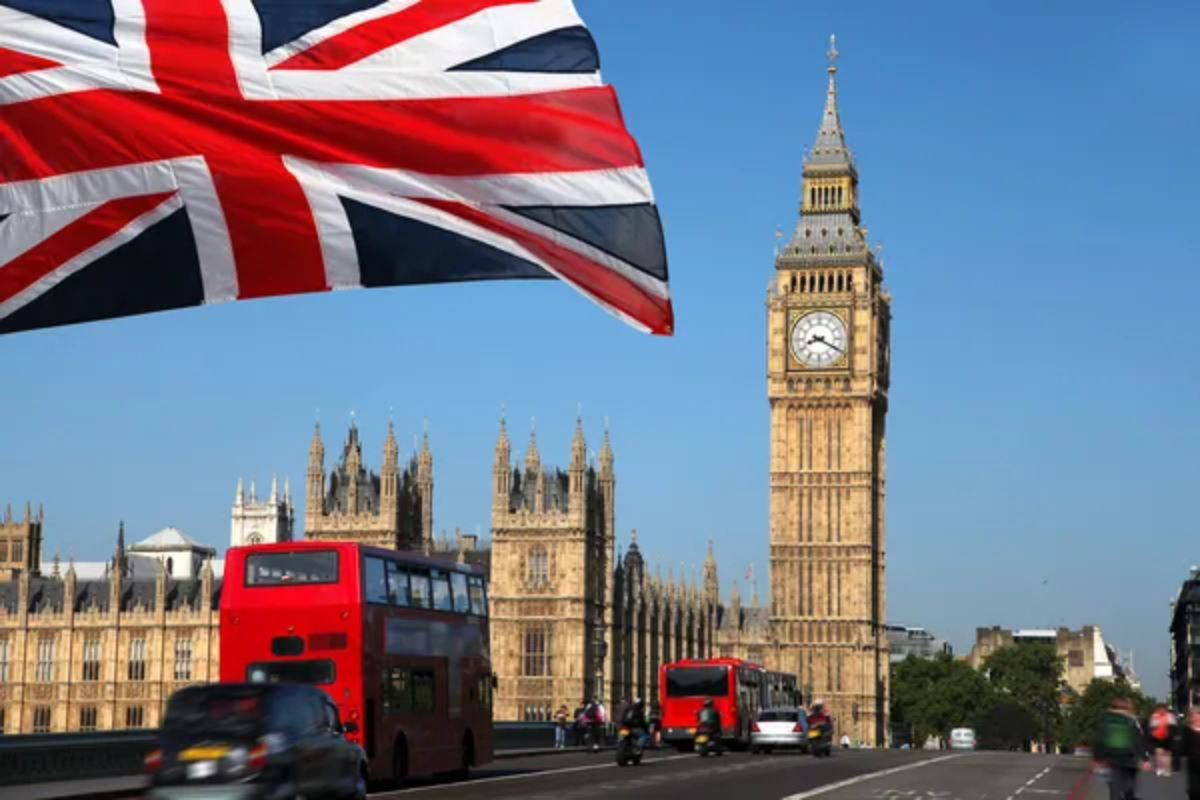
London’s noise profile is dominated by flight paths, railway lines, and the constant hum of eight million residents going about their business, creating average readings of 74 dB. Recent studies have linked London’s noise levels to significant sleep disturbances among residents.
British sleep experts increasingly recommend cognitive behavioral techniques specifically designed for noise adaptation, training the brain to interpret urban sounds as non-threatening background noise.
Buenos Aires, Argentina
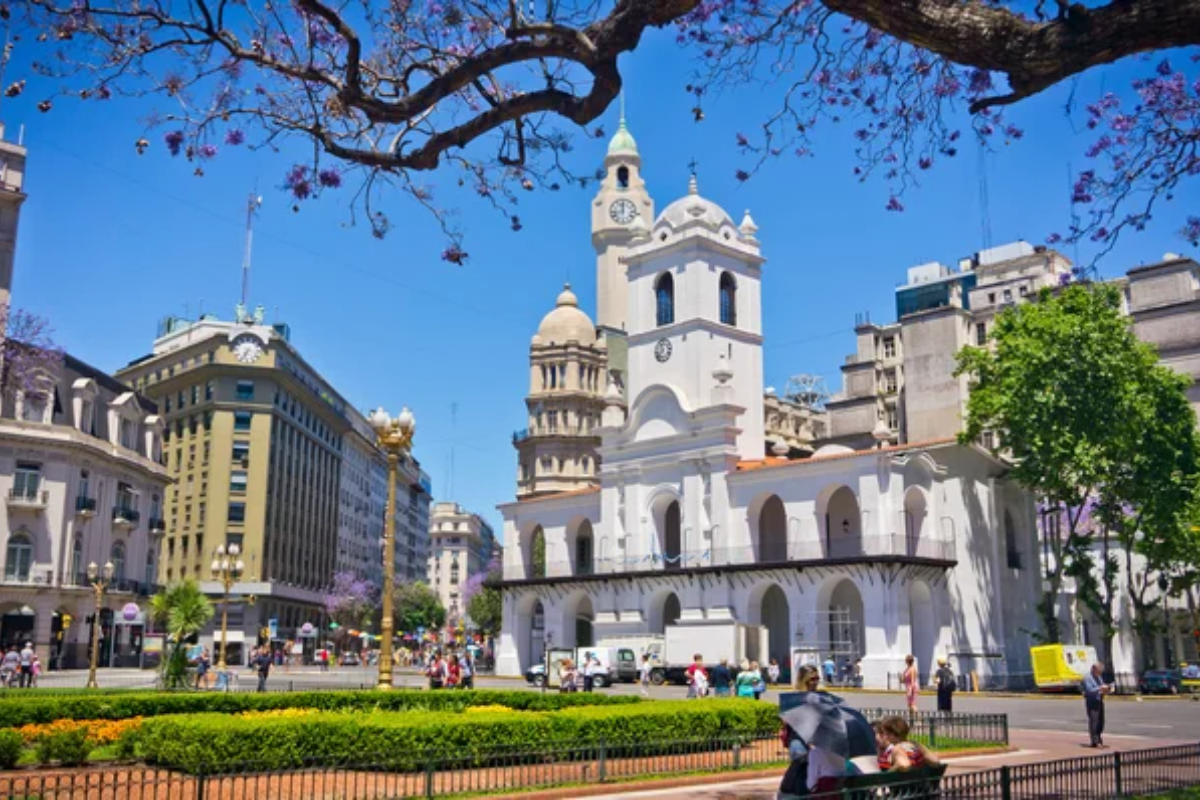
The “city of fair winds” could also be called the city of loud sounds, with levels regularly reaching 80 dB. Late-night dining culture means residential areas often experience restaurant and social noise until the early morning hours.
Argentinians have developed sleep techniques that work with their later schedule, including specific cooling routines that lower body temperature to promote sleep onset despite ambient noise and activity.
Lagos, Nigeria
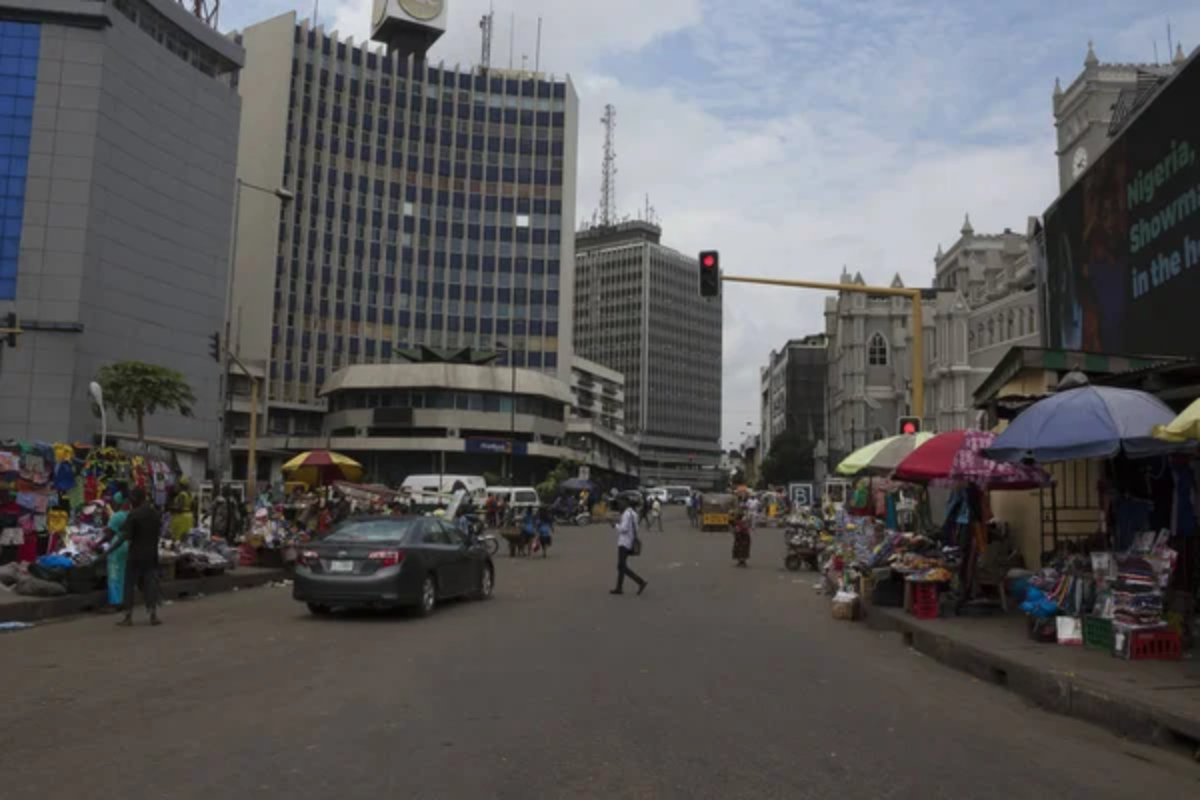
Lagos combines industrial noise with inadequate urban planning to create sustained noise levels around 83 dB. Generators running during frequent power outages add an additional layer of mechanical background noise to the urban environment.
Nigerian sleep adaptations often include communal solutions, with neighborhoods sometimes establishing quiet hours that are socially enforced through community agreements.
Like Travel Pug’s content? Follow us on MSN.
Beijing, China
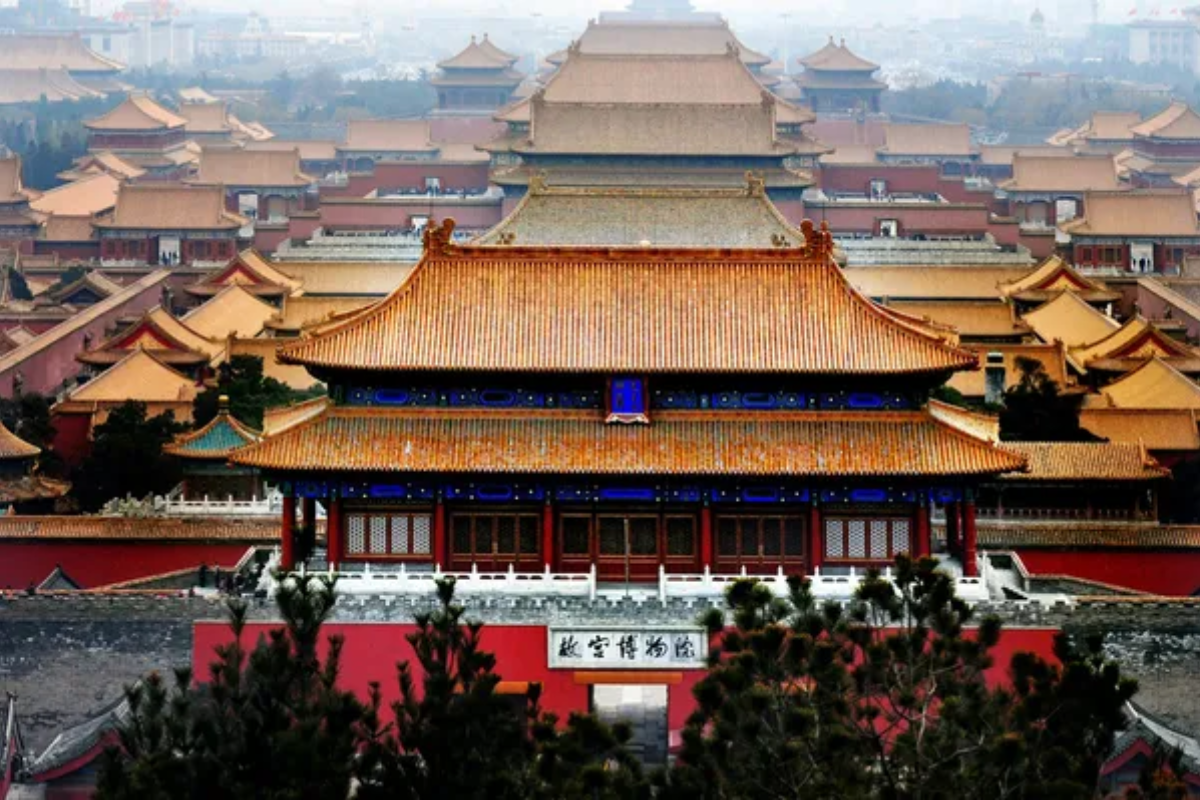
Beijing’s combination of construction, traffic, and 21 million residents creates average noise levels of 74 dB with significantly higher readings in central districts. The city’s sprawling nature means sound travels across large urban expanses, affecting even supposedly quieter residential zones.
Chinese traditional medicine practitioners in Beijing often prescribe specific breathing techniques designed to slow heart rate and improve sleep quality despite urban noise challenges.
Adapting to Urban Soundscapes

Urban noise isn’t just annoying—it represents a genuine public health concern linked to cardiovascular problems, stress disorders, and cognitive impairment. Sound experts recommend a multi-layered approach combining environmental modifications (soundproofing), physical barriers (earplugs, white noise), and psychological techniques (mindfulness, noise habituation exercises).
Cities themselves are increasingly recognizing noise as pollution, with some implementing “quiet zones,” noise curfews, and stricter building codes requiring better sound insulation.
More from Travel Pug

- 20 Towns Built for One Purpose That Were Later Abandoned
- 15 Hidden Spots in Disney World’s Magic Kingdom Most Visitors Miss
- 20 Once-Popular Beach Towns That Are Now Ghostly Empty
- 15 Canyons in the U.S. That Are Just as Stunning as the Grand Canyon
- 10 Under-the-Radar Mountain Towns That Are Both Affordable and Beautiful
Like Travel Pug’s content? Follow us on MSN.
